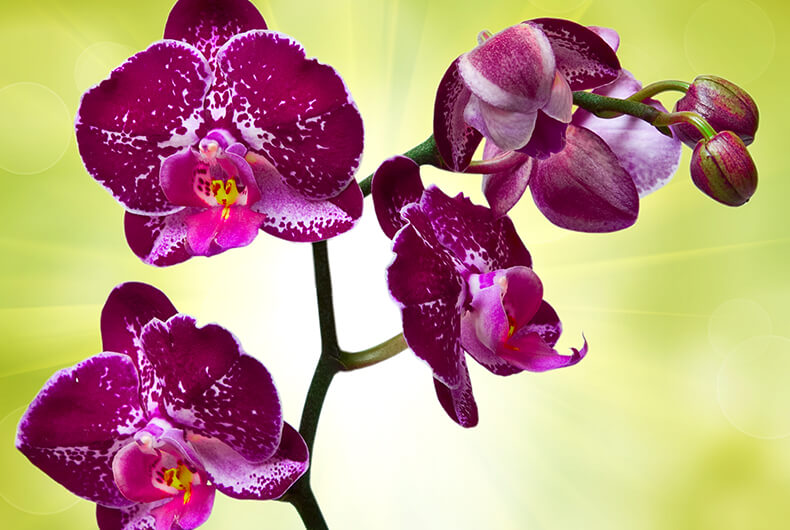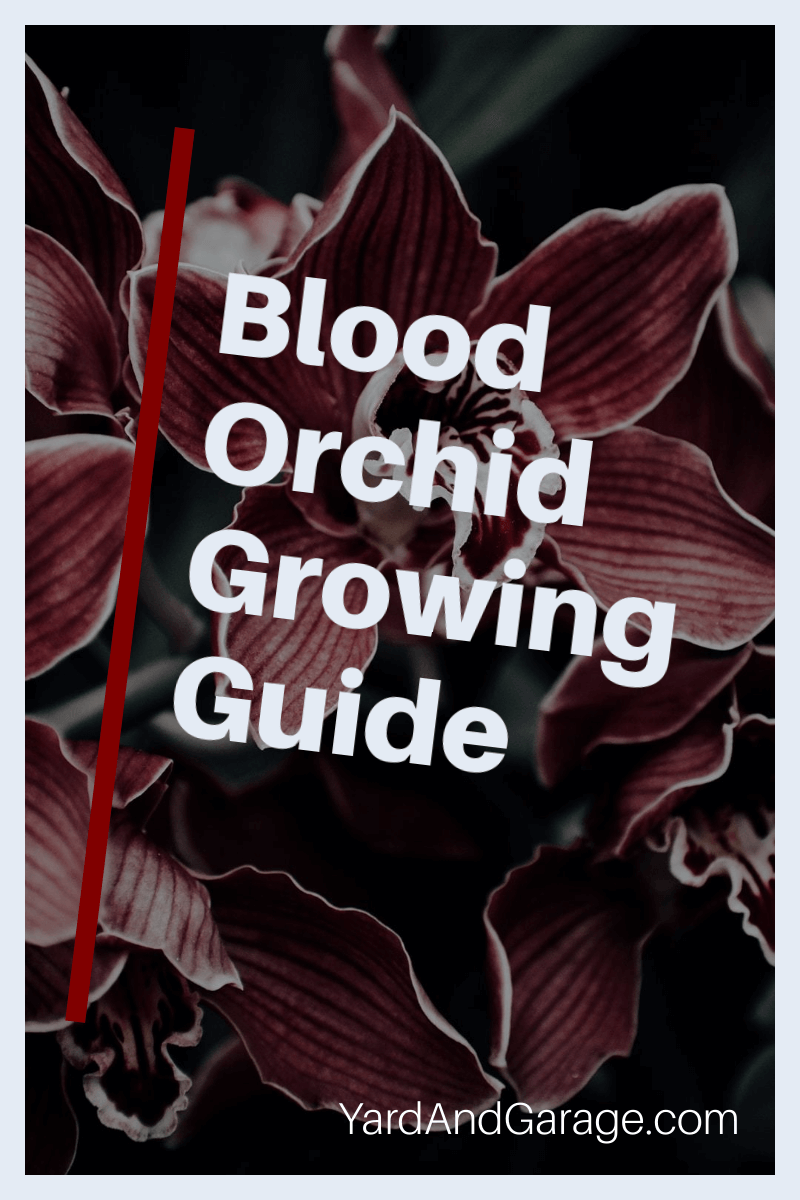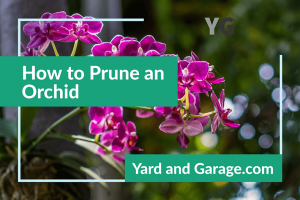 There are many different ways to care for the blood orchid flower. Lighting, watering amount, and proper temperature are all important factors in ensuring that the blood orchid flower is well-taken care of.
There are many different ways to care for the blood orchid flower. Lighting, watering amount, and proper temperature are all important factors in ensuring that the blood orchid flower is well-taken care of.
Sunlight Requirements for Blood Orchid Plants
Blood orchids are best taken care of in indirect sunlight. During most of their life they can be kept in indirect sunlight. When it is time for the blood orchid to bloom, the plant can be moved into brighter areas of direct light.
This will help encourage the plant to blossom when it is the appropriate time. The leaves of the blood orchid contain chlorophyll which allow the plant to transfer light energy into nourishing plant food via the process of photosynthesis.
For this reason, it is literally imperative to the plant’s nutrition that it receive at least indirect sunlight. Ideally the plant will receive moderate yet direct light for most of its life.

Temperature Needs
Blood orchid flowers have specific detailed needs in terms of temperature as well. This particular plant must be kept in temperatures ranging between fifty-five and seventy degrees Fahrenheit. It is important to keep this plant in these temperatures because the consistency of the leaves and flowers are very sensitive to temperature changes.
Blood orchid flowers are composed of a high amount of water and are as such very delicate in cold weather. It is the most important that the flowers and leaves do not become exposed to exceedingly cold temperatures.
These, as well as the roots, will rot in cold temperatures. They must be kept in their natural climate of warmth and humidity. The plants are tropical in origin and have been raised in hot temperatures with much moisture in the air.

Watering Your Blood Orchid Flower
The blood orchid flower should be watered by misting the leaves and flowers. The moss that the flower is kept in should be watered with a showering of room temperature water.
It is very imperative that the orchid does not become over watered. Should there be too much water the roots can become at risk of rotting. It is very important that the plant is only sprinkled with water. This can be done once every week.
Pruning
The blood orchid is a beautiful flowering plant that can endure for years. Once the first bloom fades, new ones will come in its place without pruning. However, you can cut off old blooms and remove spent stems so the plants can direct their energy towards growing roots stronger than before.
—-
In conclusion, this plant will do best when catered to carefully and with gentle treatment. The flowers and leaves should always be in warm temperatures.



